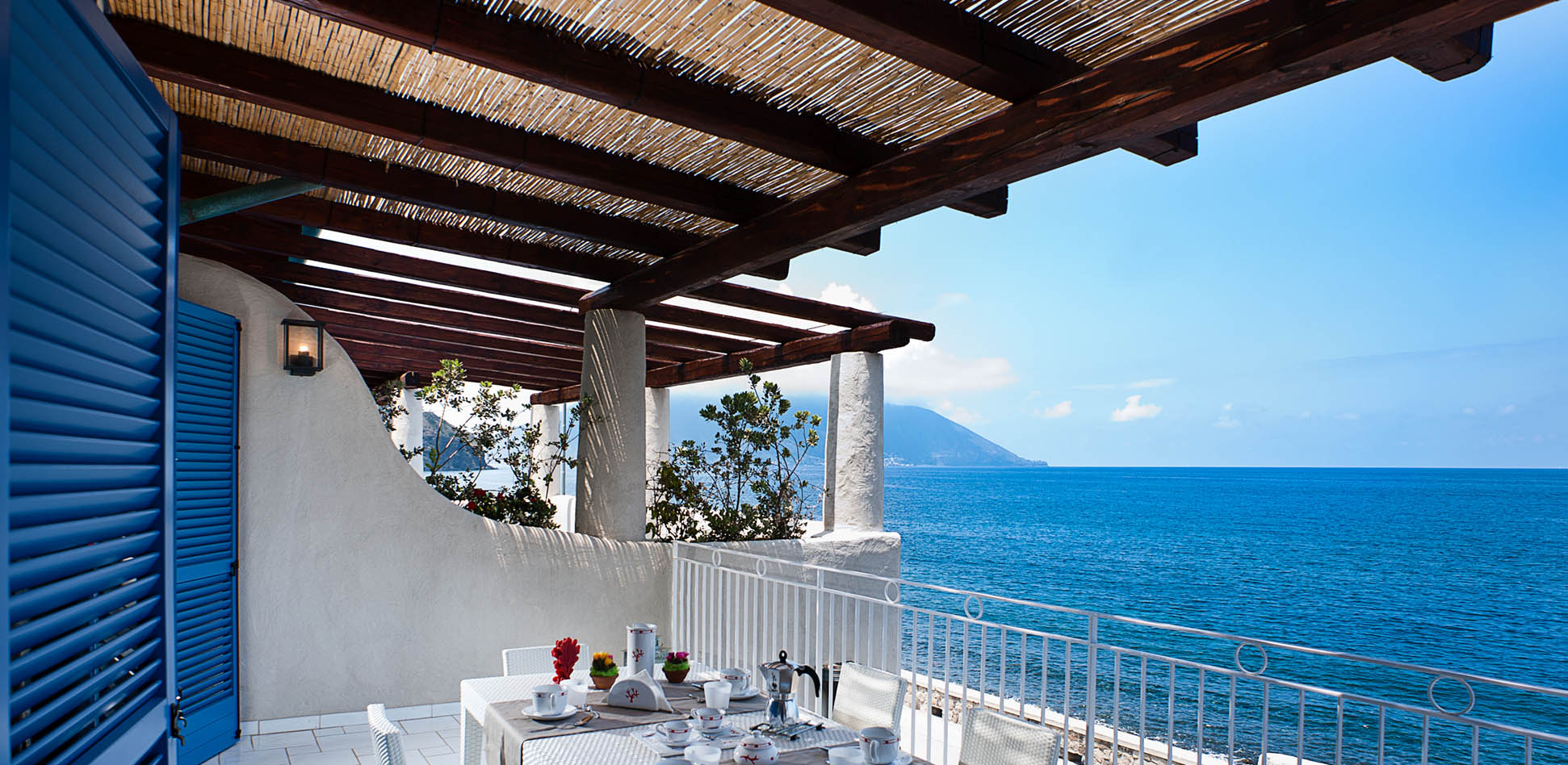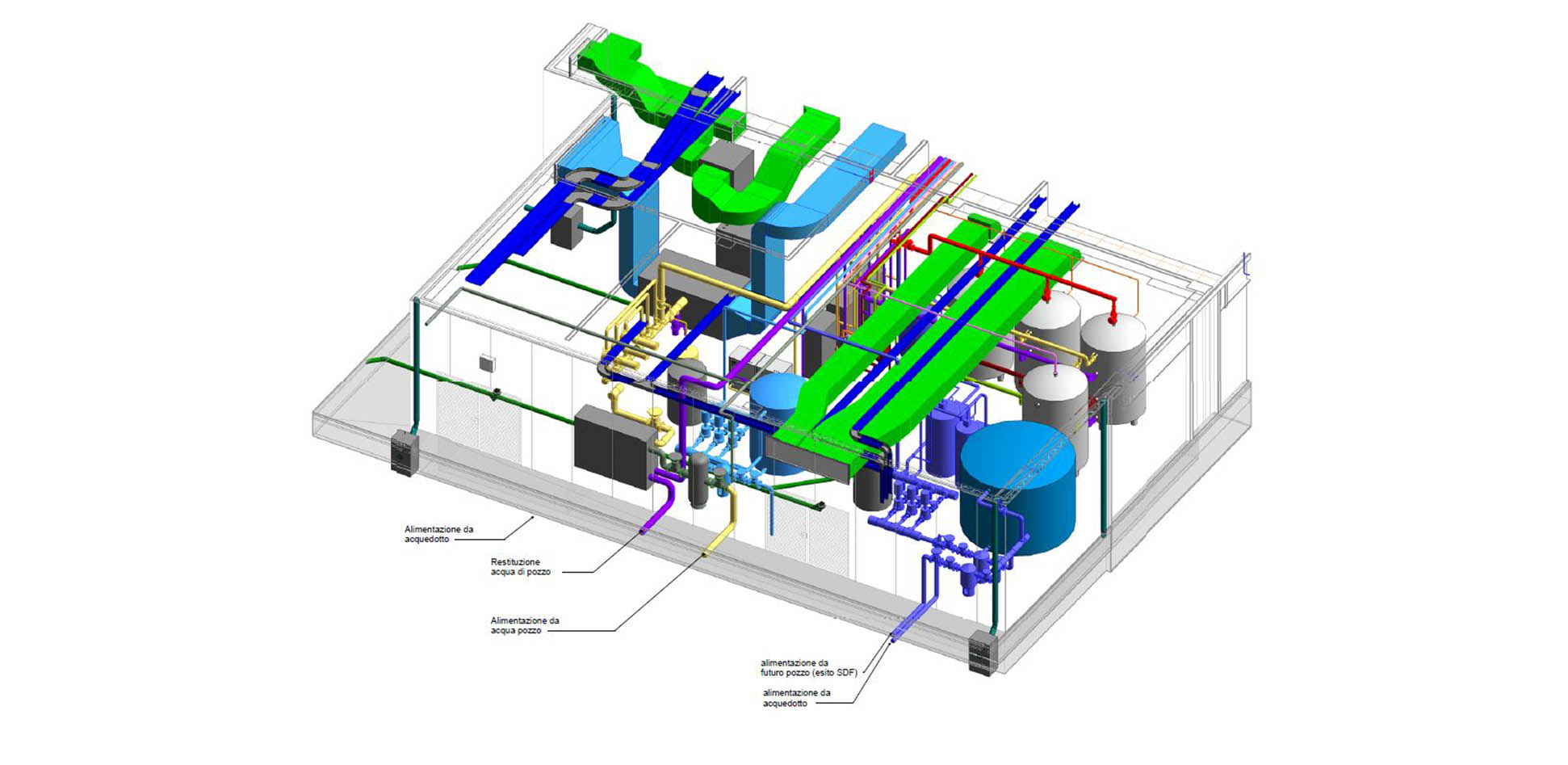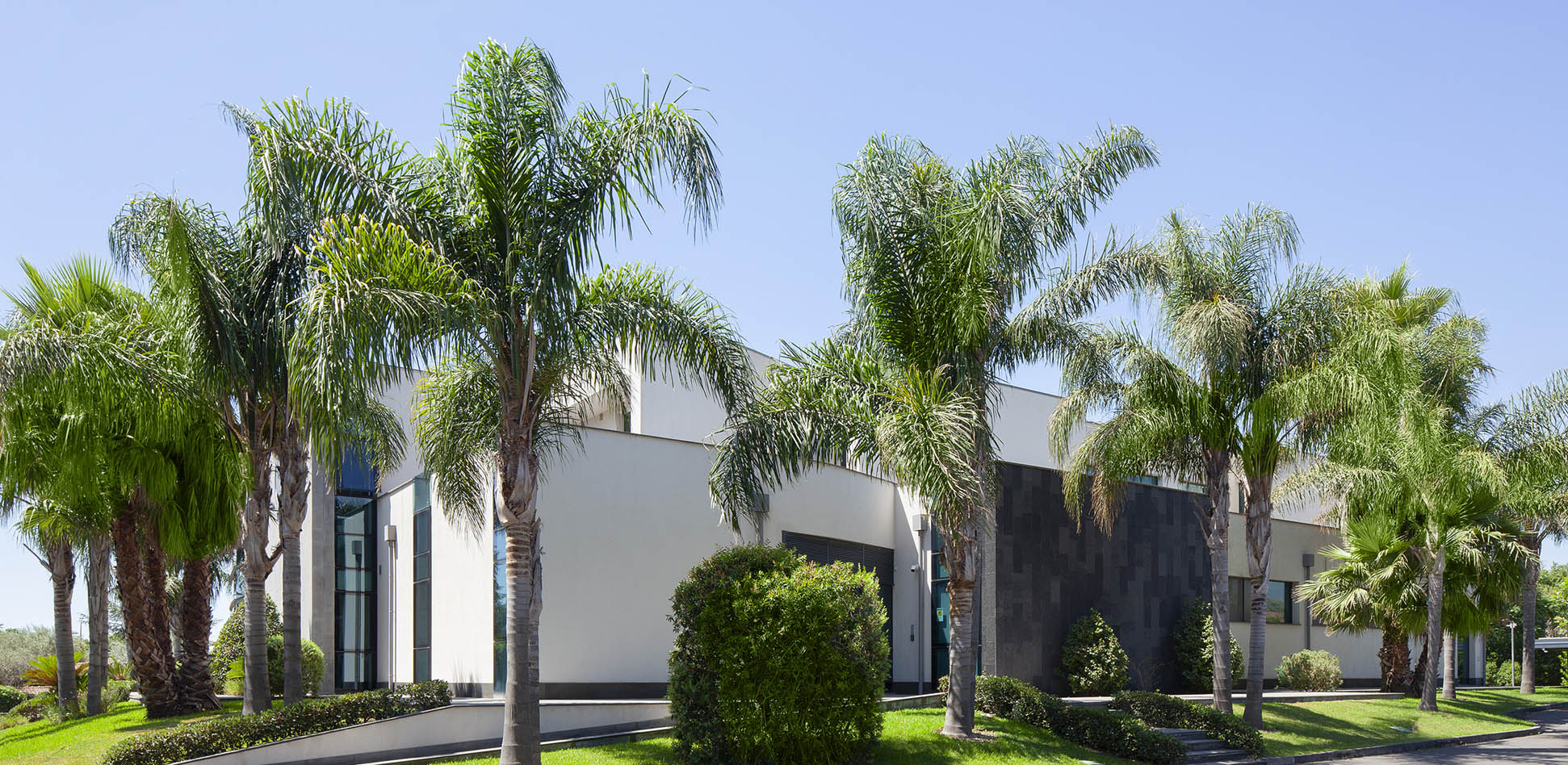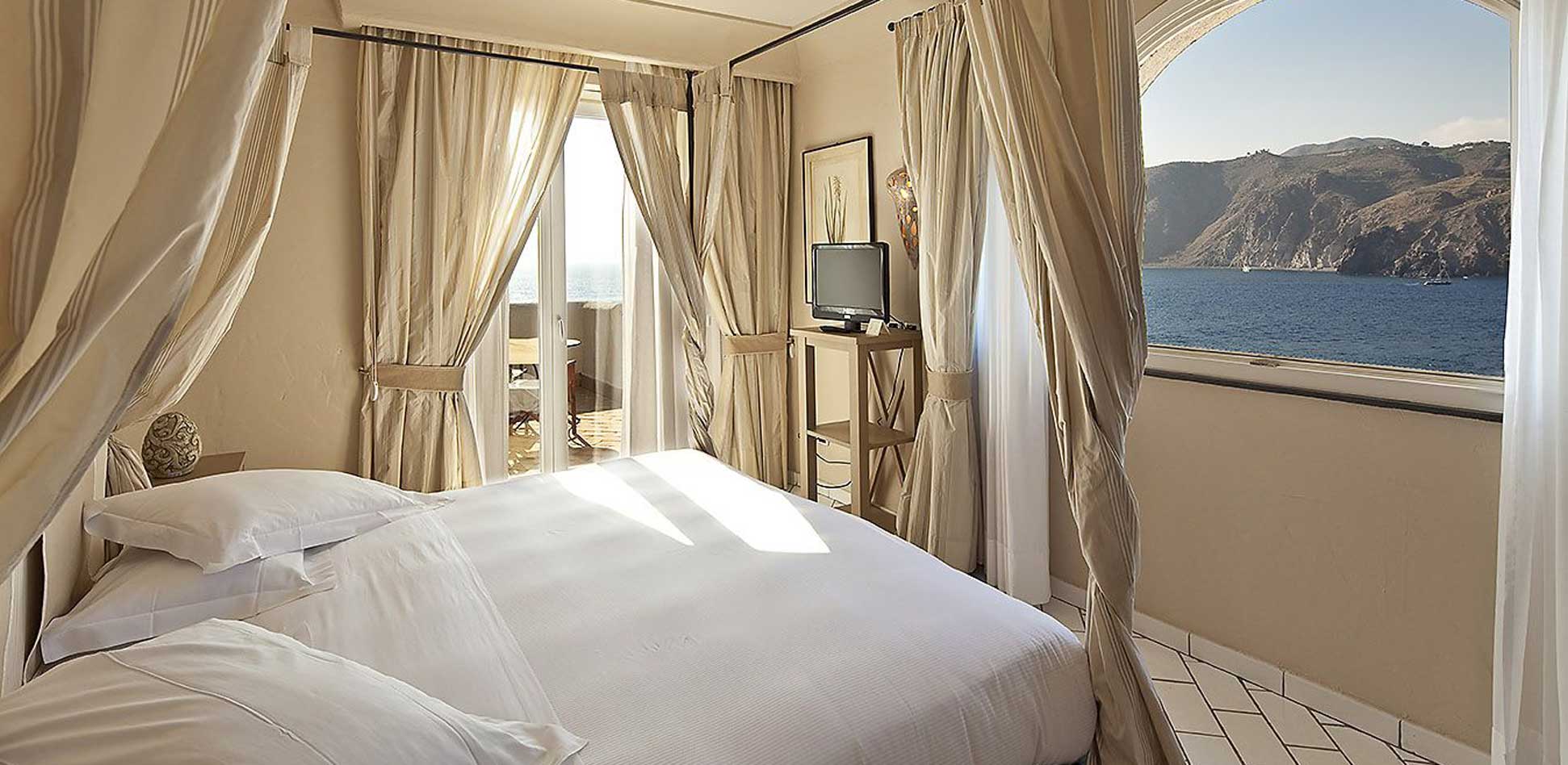
The energy consumption of buildings is closely linked to the needs of those who use them, and it is our design practice to share their needs with our clients in order to identify relationships between the energy consumption of buildings and the achievement of individual well-being.

The energy consumption of buildings is closely linked to the needs of those who use them, and it is our design practice to share their needs with our clients in order to identify relationships between the energy consumption of buildings and the achievement of individual well-being.
We employ technicians specialised in the design of electrical and special installations, calibrating each project to the specific intended use of the building, with a focus on the study of lighting and home automation. This is also in order to ensure compliance with safety regulations during the construction phase by the installation company.


We employ technicians specialised in the design of electrical and special installations, calibrating each project to the specific intended use of the building, with a focus on the study of lighting and home automation. This is also in order to ensure compliance with safety regulations during the construction phase by the installation company.

Fire safety is one of the fundamental requirements for guaranteeing the protection and safety of people, so our fire prevention design is aimed at reducing the spread of fire as much as possible, ensuring the stability of the load-bearing structures and enabling rescue teams to intervene in safe conditions. We use specialised and certified technicians, including for the calculation of the relevant systems.

Fire safety is one of the fundamental requirements for guaranteeing the protection and safety of people, so our fire prevention design is aimed at reducing the spread of fire as much as possible, ensuring the stability of the load-bearing structures and enabling rescue teams to intervene in safe conditions. We use specialised and certified technicians, including for the calculation of the relevant systems.
We have an interdisciplinary background in energy, environment and territory. Through this, we apply a design strategy for a wide range of renewable source installations, such as biomass installations for thermal and/or electrical use, solar thermal or photovoltaic installations, low- and high-enthalpy geothermal installations, wind power installations, and district heating installations.


We have an interdisciplinary background in energy, environment and territory. Through this, we apply a design strategy for a wide range of renewable source installations, such as biomass installations for thermal and/or electrical use, solar thermal or photovoltaic installations, low- and high-enthalpy geothermal installations, wind power installations, and district heating installations.

Our design choices depend heavily on the geographical component, particularly in response to climate, technology and ways of living, through the use of passive air conditioning, which covers the largest share of the energy needs of buildings through heat flows exchanged with the external environment without consuming electricity or fossil fuels, but only by exploiting intrinsic and dimensional properties of the building components.

Our design choices depend heavily on the geographical component, particularly in response to climate, technology and ways of living, through the use of passive air conditioning, which covers the largest share of the energy needs of buildings through heat flows exchanged with the external environment without consuming electricity or fossil fuels, but only by exploiting intrinsic and dimensional properties of the building components.
The environmental comfort inside a building is determined by a large number of factors, many of which are linked to thermo-hygrometry: perceived temperature, air speed, relative humidity, temperature of contact surfaces (walls and floors), air quality. Our aim is to combine all these factors with architectural design, choosing the most suitable systems for each requirement.


The environmental comfort inside a building is determined by a large number of factors, many of which are linked to thermo-hygrometry: perceived temperature, air speed, relative humidity, temperature of contact surfaces (walls and floors), air quality. Our aim is to combine all these factors with architectural design, choosing the most suitable systems for each requirement.